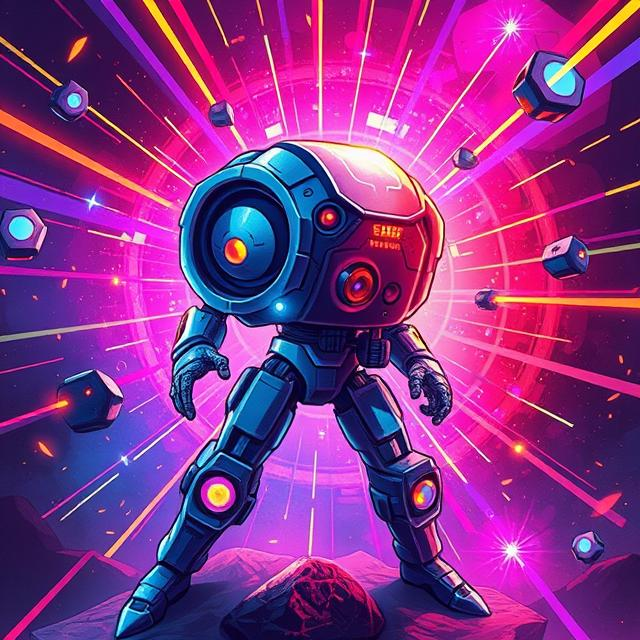Artificial Intelligence (AI) has become an integral part of modern game software, shaping how non-player characters (NPCs), enemies, and even entire game worlds behave. Good AI transforms static digital experiences into dynamic and unpredictable ones, making games feel alive and responsive.
Early AI systems in games were often simple—enemies followed basic movement patterns or reacted to player proximity using hardcoded rules. However, today’s AI systems are far more advanced, thanks to modern game engines and specialized AI frameworks.
In modern games, AI controls a wide range of behaviors:
- Pathfinding (e.g., navigating around obstacles)
- Decision-making (e.g., choosing whether to attack, flee, or hide)
- Group coordination (e.g., enemies flanking the player)
- Learning and adaptation (e.g., bots getting better over time)
Popular AI techniques in games include finite state machines (FSM), behavior trees, and utility-based systems. In large-scale titles, these are often combined with machine learning models to create more sophisticated agents.
For example, in The Last of Us Part II, enemy AI reacts to player actions, calls out teammates, and changes tactics based on the situation. Similarly, Alien: Isolation features a terrifying alien that learns player behavior and adapts its search patterns accordingly.
Game development tools like Unreal’s Behavior Tree system or Unity’s NavMesh and AI Planner make implementing intelligent behaviors more accessible. Additionally, AI middleware solutions such as RAIN or Apex AI provide even more control and complexity.
As game worlds grow more open-ended and immersive, AI plays a critical role in maintaining player engagement, offering fresh challenges, and making interactions feel meaningful.

Leave a Reply